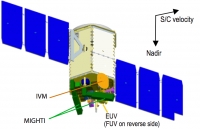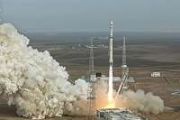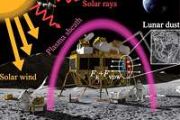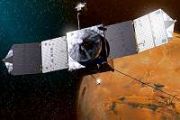The Ionospheric Connection Explorer (ICON) is a planned science mission for NASA's Explorer program, designed to study the connection between the Earth's weather and space weather.
ICON will explore the boundary between Earth and space – the ionosphere – to understand the physical connection between our world and the immediate space environment around us. This region, where ionized plasma and neutral gas collide and react exhibits dramatic variability that affects space-based technological systems like GPS. The ionosphere has long been known to respond to "space weather" drivers from the sun, but recent NASA missions have surprised us in showing this variability often occurs in concert with weather on our planet. ICON will compare the impacts of these two drivers as they exert change on the space environment that surrounds the Earth.
Led by the University of Berkeley, California, ICON will provide NASA's Heliophysics division with a new capability to observe the connection between the Earth's thermosphere and ionosphere. ICON was one of 11 proposals selected for NASA funding in September 2011, down from the original 22 submitted in February of that year. On April 12, 2013, NASA announced that ICON, along with Global-scale Observations of the Limb and Disk (GOLD), had been selected for launch in 2017.










































